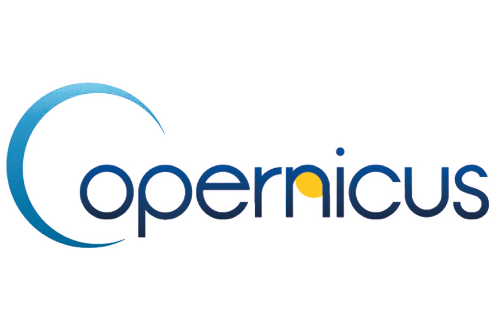User Uptake
supporting pilots to reach the next level
The ecosystem around Earth Observation applications is extended and complex, spanning from programmes at European and international level, to R&D and scientific initiatives, and industry and end-users actions.
At general level, the user uptake identifies stakeholders and implements relevant activities to develop the promotion and the engagement between the stakeholders and communities of users.
In the e-shape project, the user uptake strategy is dedicated to the engagement of different community of users with the e-shape pilots and the actions to support it, starting from the context of the Copernicus ecosystem.
Through the EARSC EO industry survey (2021), the socio-economic benefits of Copernicus have displayed the potential for uptake across different sectors and thematic, leading to build the e-shape user uptake strategy on:
- expanding the networks which have already been developed around existing pilots into nearby geographies (market expansion)
- and/or sectoral extension (market diversification)
To implement this expansion, a clear and common description of EO products and services, the EARSC taxonomy, can help different stakeholders (e.g. suppliers and customers) arrive at a common understanding of what can be offered and to assess the market for EO geo-information services. The aim is to present and explain the rationale for the EO taxonomy that is proposed and to address the common products and services from two perspectives:
- A thematic segmentation provides a tool to help describe and classify the products that are offered by the service providers.
- A market segmentation will provide a tool to help classify and understand the markets for EO services as well as to define the type of customer.
The advantage of using EARSC Taxonomy, has been to link the e-shape pilots to assess crossovers to identify possible communities of interest that can be exploited as an efficient way to expand existing users and/or the uptake of new products or services by them.
Stay in the loop !
Acknowledgment
The e-shape project has received funding from the European Union’s Horizon 2020 research and innovation programme under grant agreement 820852





